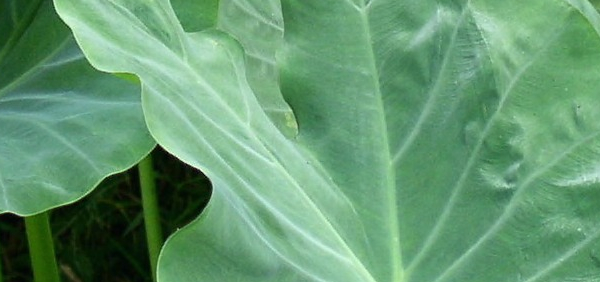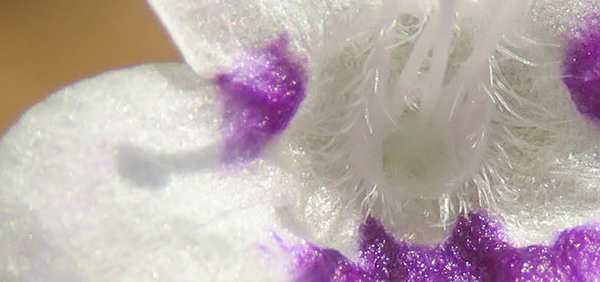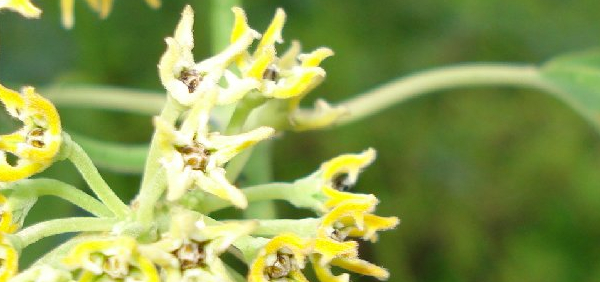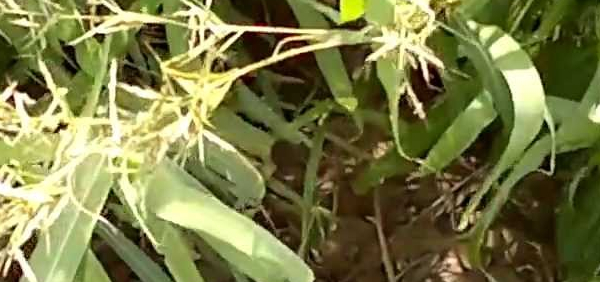avartaki :

Morphology:
Avaram senna is a much branched shrub with smooth cinnamon brown bark and closely pubescent brachlets.
The leaves: Alternate, stipulate, paripinnate compound, very numerous, closely placed, rachis 8.8-12.5 cm long, narrowly furrowed, slender, pubescent, with an erect linear gland between the leaflets of each pair, leaflets 16-24, very shortly stalked 2-2.5 cm long 1-1.3 cm broad, slightly overlapping, oval oblong, obtuse, at both ends, mucronate, glabrous or minutely downy, dull green, paler beneath, stipules very large, reniform-rotund, produced at base on side of next petiole into a filliform point and persistent.
Flowers: Irregular, bisexual, bright yellow and large (nearly 5 cm across), the pedicels glabrous and 2.5 cm long. The racemes are few-flowered, short, erect, and crowded in axils of upper leaves so as to form a large terminal inflorescence (leaves except stipules are suppressed at the upper nodes). The 5 sepals are distinct, imbricate, glabrous, concave, membranous and unequal, with the two outer ones much larger than the inner ones. The petals also number 5, are free, imbricate and crisped along the margin, bright yellow veined with orange. The anthers number 10 and are separate, with the three upper stamens barren; the ovary is superior, unilocular, with marginal ovules.
The fruit: A short legume, 7.5–11 cm long, 1.5 cm broad, oblong, obtuse, tipped with long style base, flat, thin, papery, undulately crimpled, pilose, pale brown. 12-20 seeds per fruit are carried each in its separate cavity [8]. Chemical constituents: Pod husk contains nonacosane and nonacosan-6-one, chrysophanol, emodin and rubiadin [8], β-sitosterol, polysaccharides, flavonoids, anthracene derivatives and some dimeric procyanidins [12], Saponins and tannins. Yesu Raj et al. (2011) found fatty acid esters, fatty acid amide, terpenoids, diterpene alcohols, phytols as major compound groups in the methanol fractions from the seed extract of Cassia auriculata by GC- MS analysis. The chemical composition of the leaves of Cassia auriculata was investigated by Anandan et al. (2011) and revealed the presence of 3-O-Methyl-d-glucose (48.50%), α-Tocopherol-β-D mannoside (14.22%), Resorcinol (11.80%), n- Hexadecanoic acid (3.21%), 13-Octadecenal, (Z)- (2.18%) and 1,2,3,4-Tetrahydroisoquinolin-6-ol-1-carboxylic acid (1.98%) which were identified by GC – MS analysis. Senthilkumar and Reetha (2011) isolated an antibacterial compound - Oleanolic acid from the leaves of Cassia auriculata and identified by IR spectrum, HNMR, CNMR and Mass spectrum studies. Juvekar and Halade (2006) investigated the flowers of Cassia auriculata which revealed the presence of anthroquinones, aloe emodin and sitosterols.
Uses
Gardens
Senna auriculata is suitable for landscaping roadways and home gardens. It tolerates drought and dry conditions, but not much cold. The flowers in racemes are also attractive.
- » Classification and names of avartaki
- » Synonyms and definitions of avartaki
- » Drug Properties of avartaki
- » Chemical Constituents of avartaki
- » Standardization of avartaki
- » Parts used and Dosage of avartaki
- » Morphology and Histology of avartaki
- » Distribution and Conservation of avartaki
- » Cultivation of avartaki
- » avartaki in the market
- » Medicinal Uses of avartaki
- » Researches and clinical trails of avartaki
- » avartaki in other sytems of medicine
- » Ayurvedic formulations with avartaki
- » Images of avartaki













